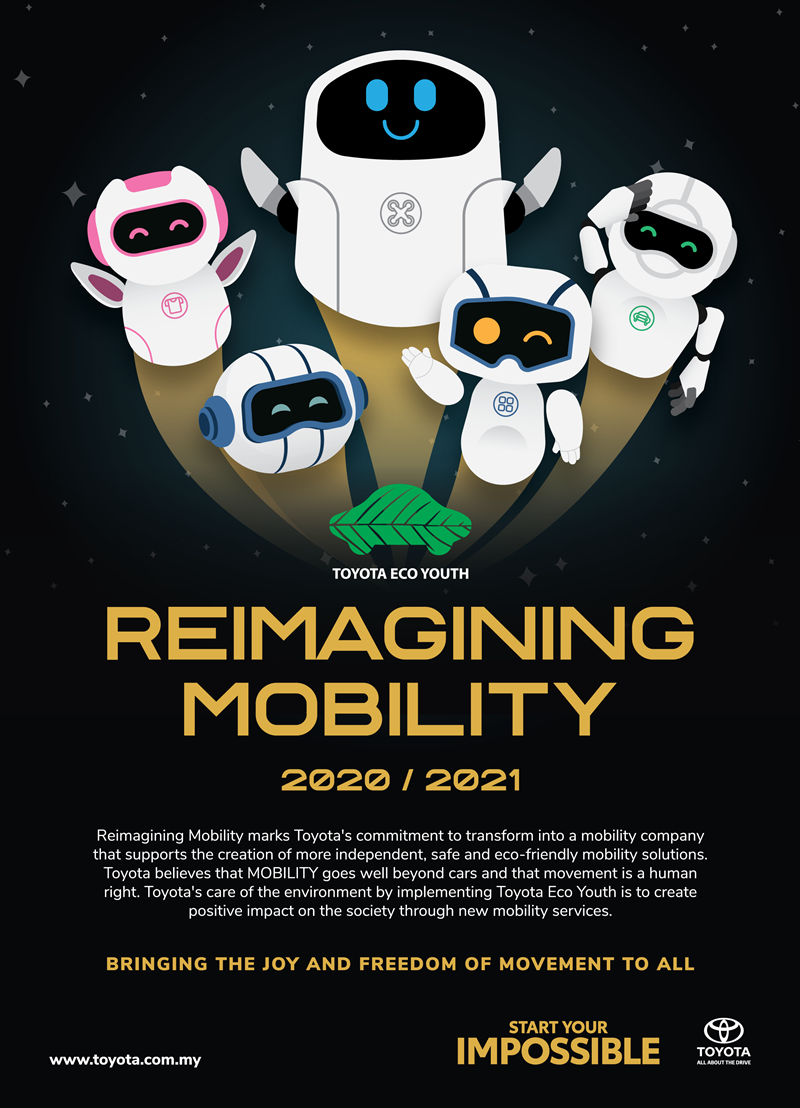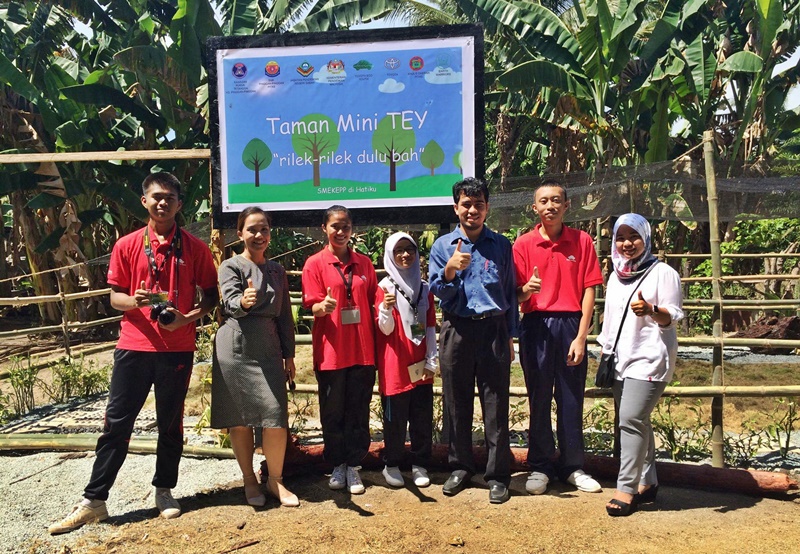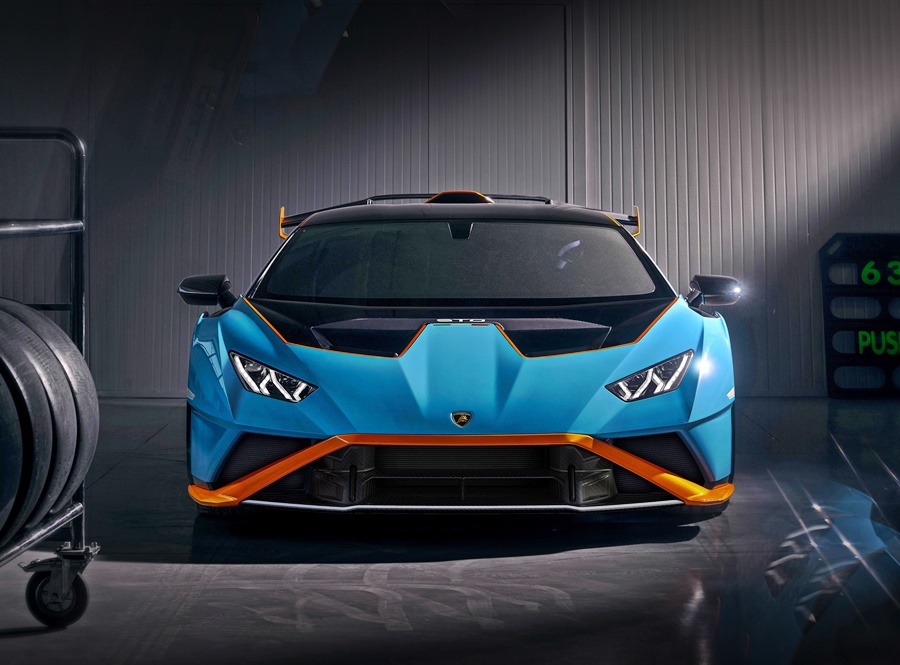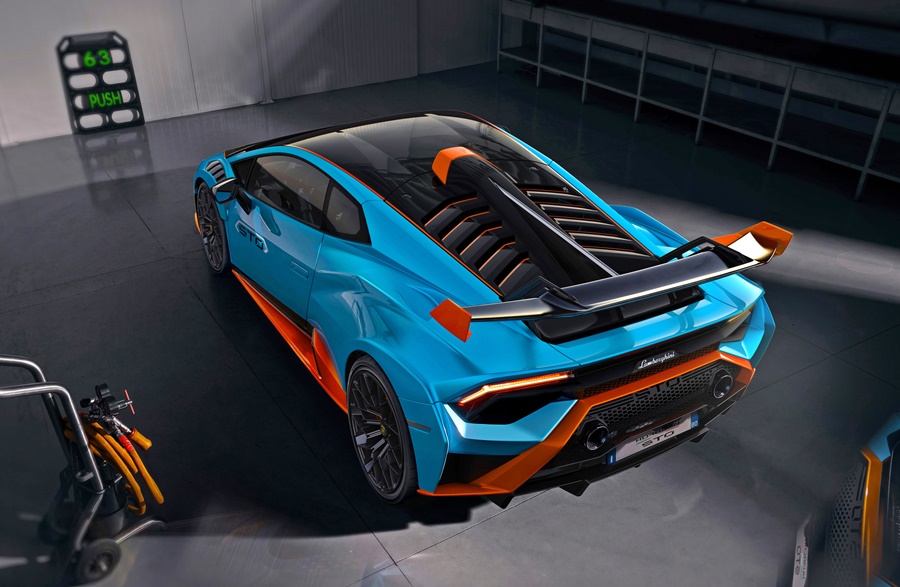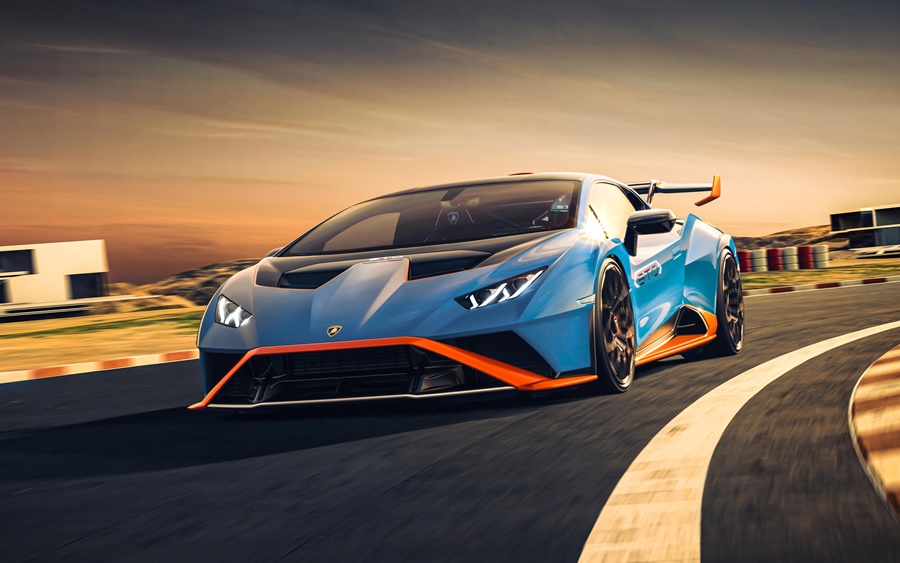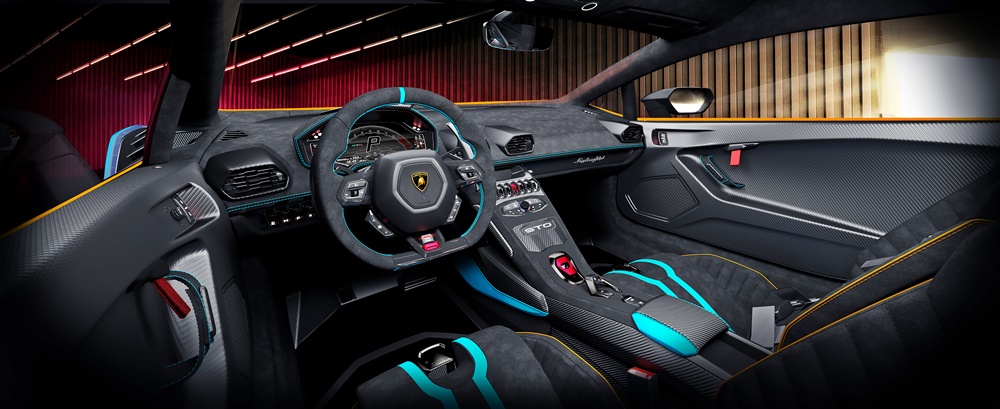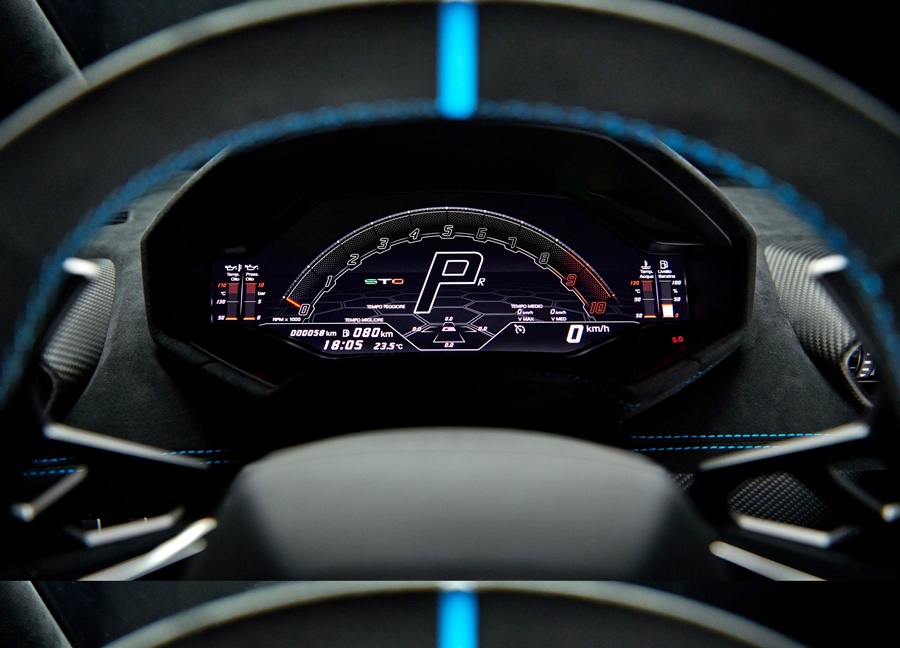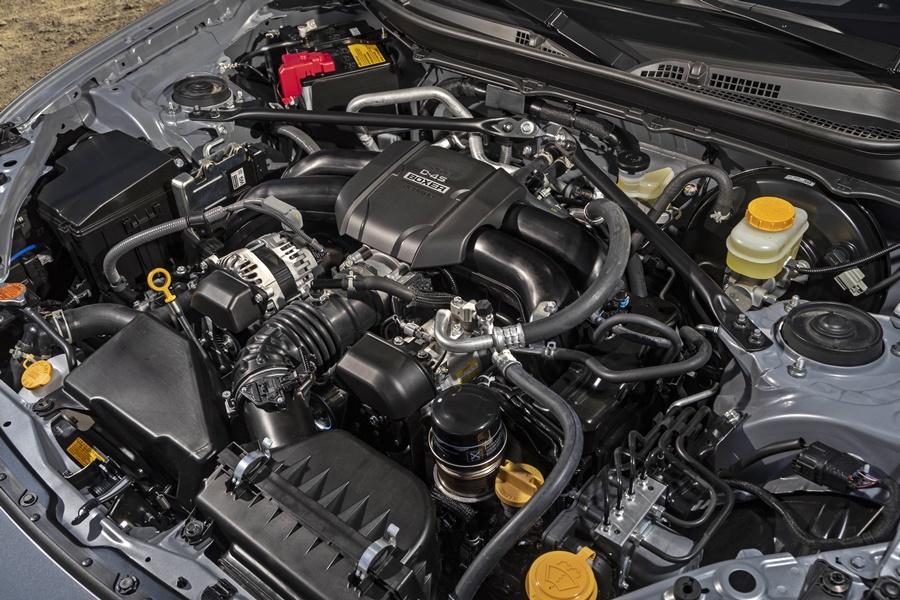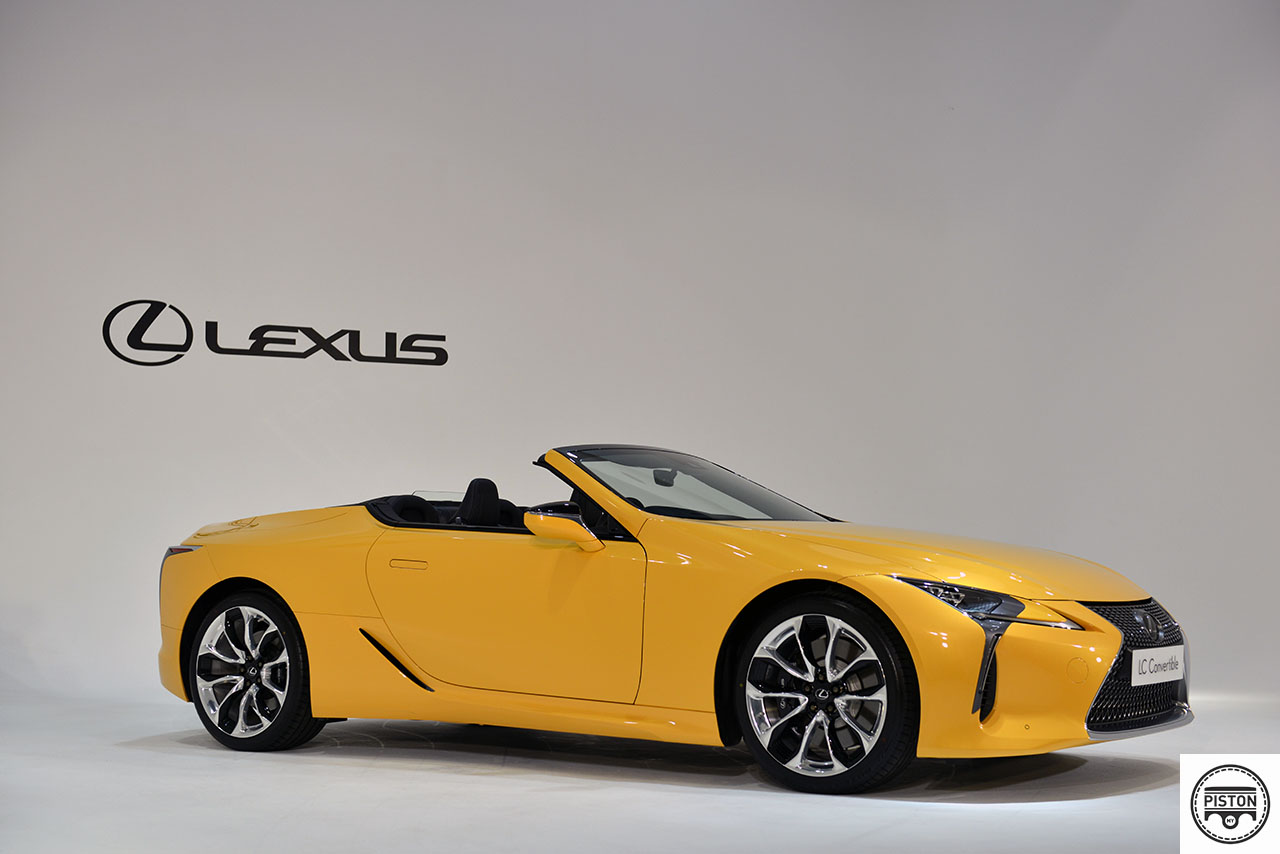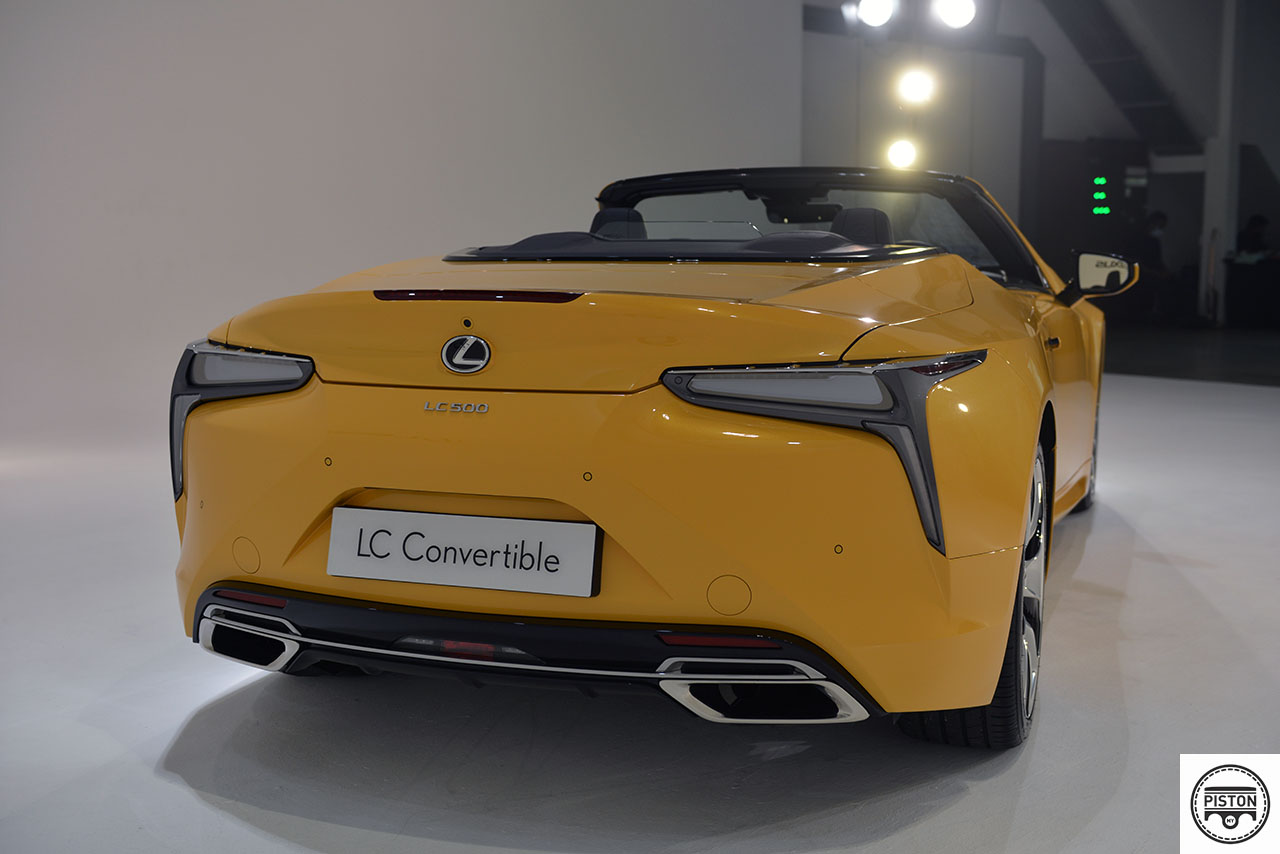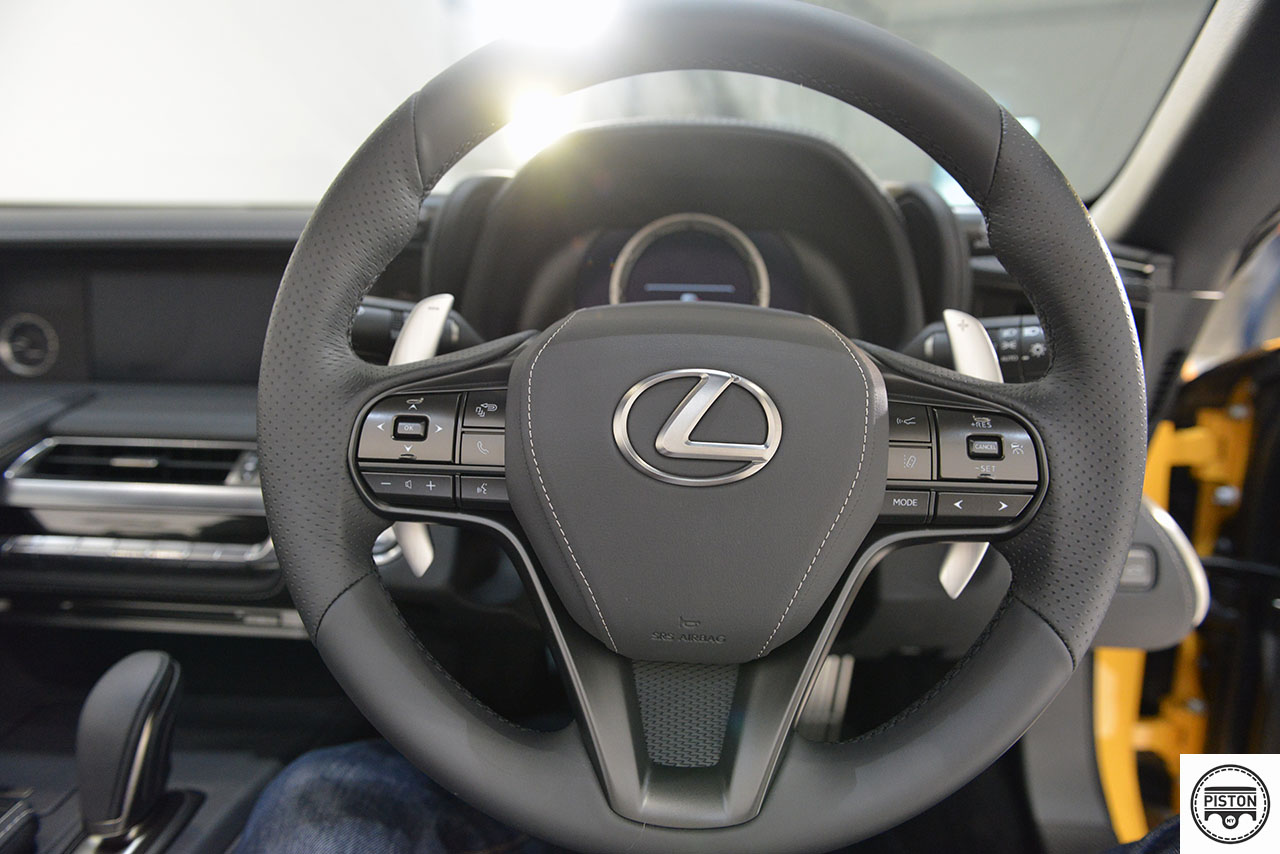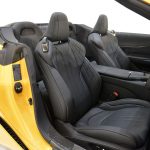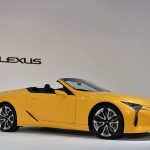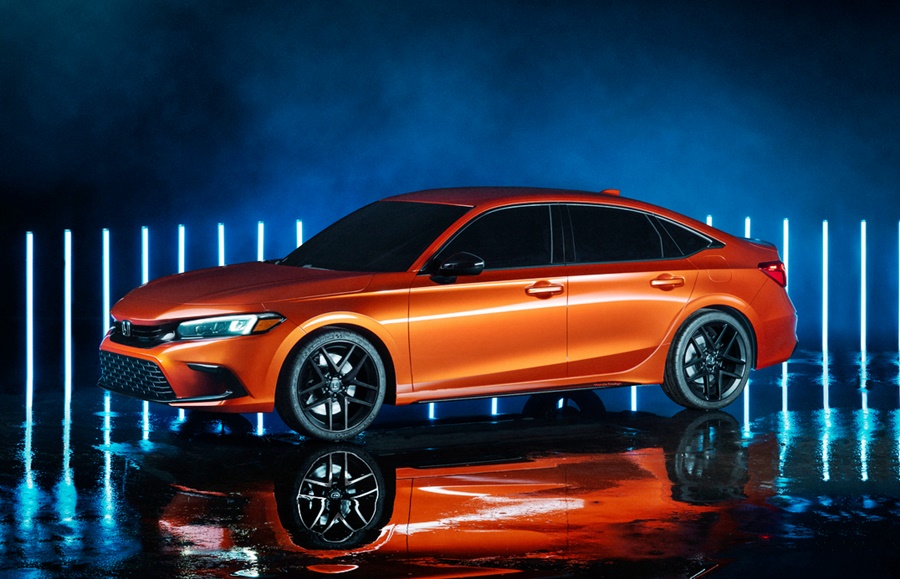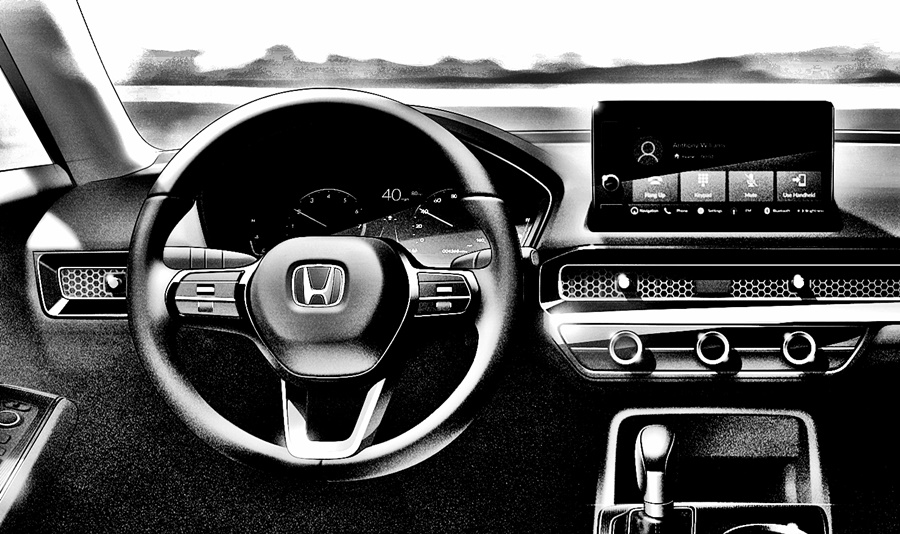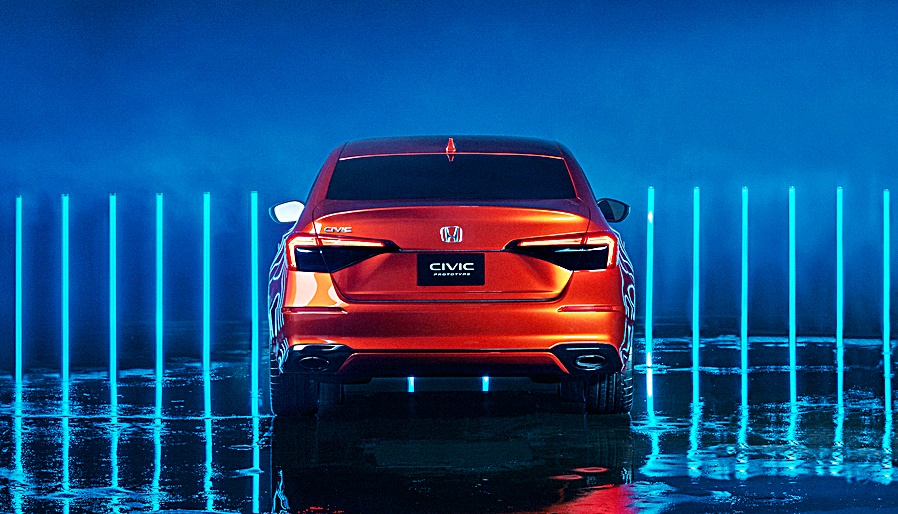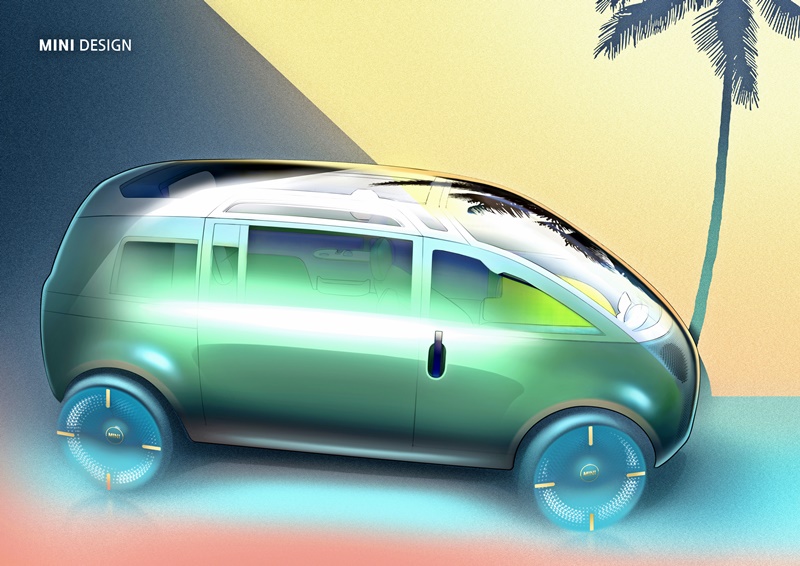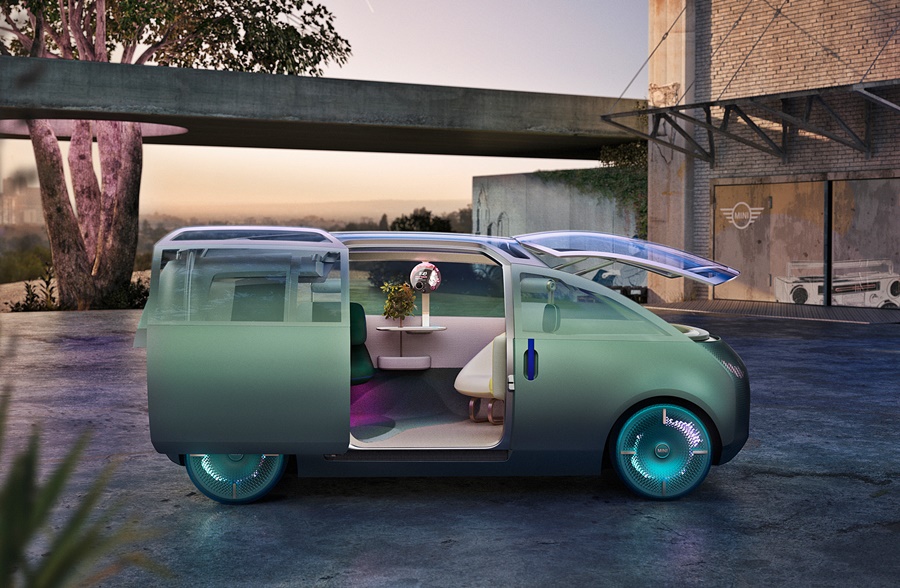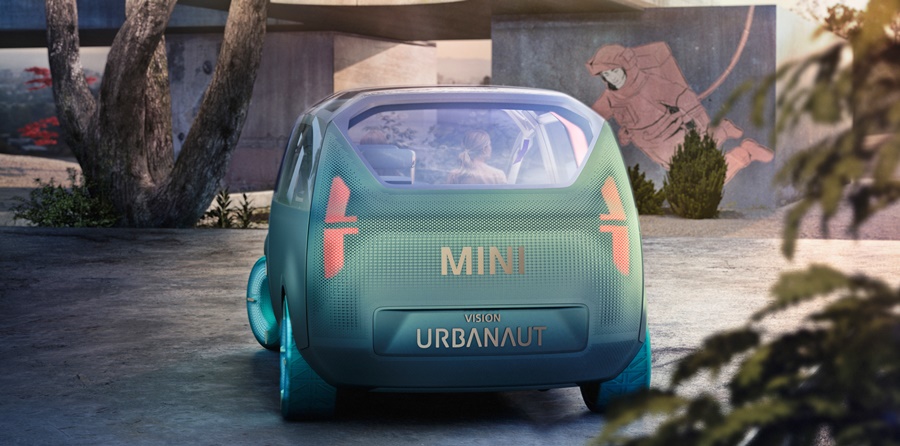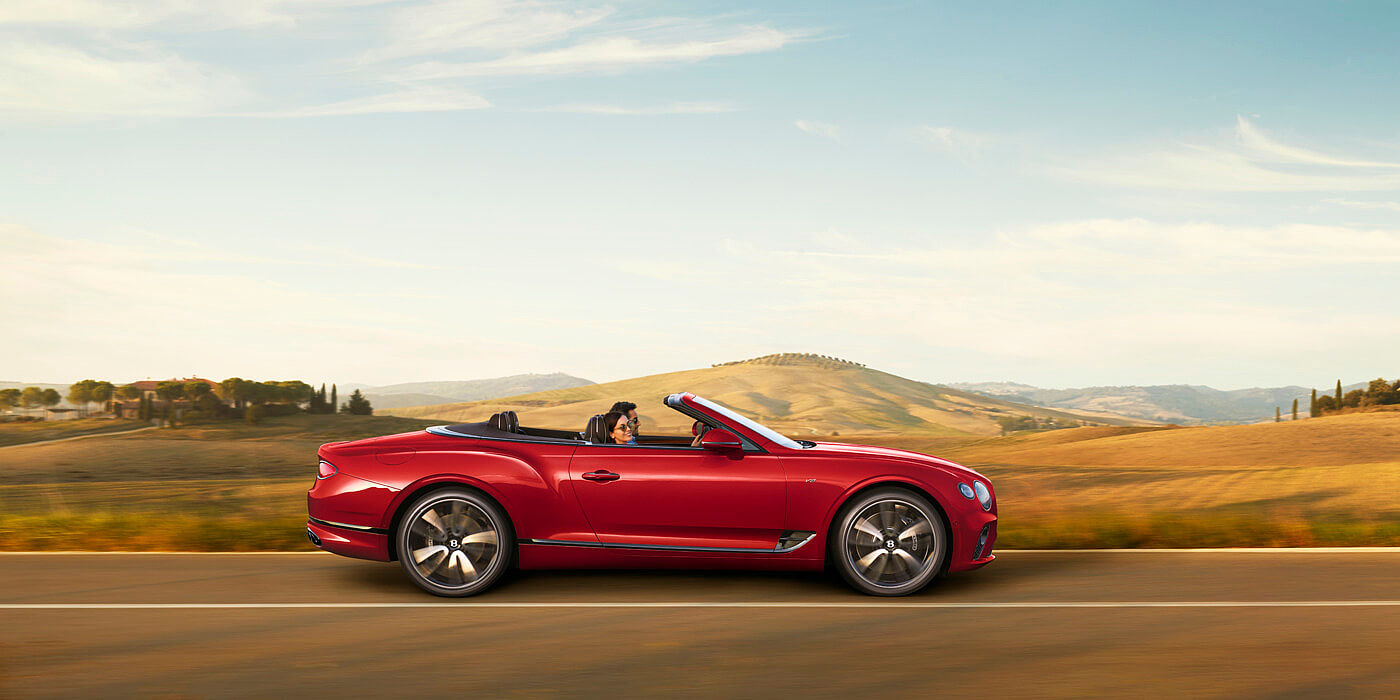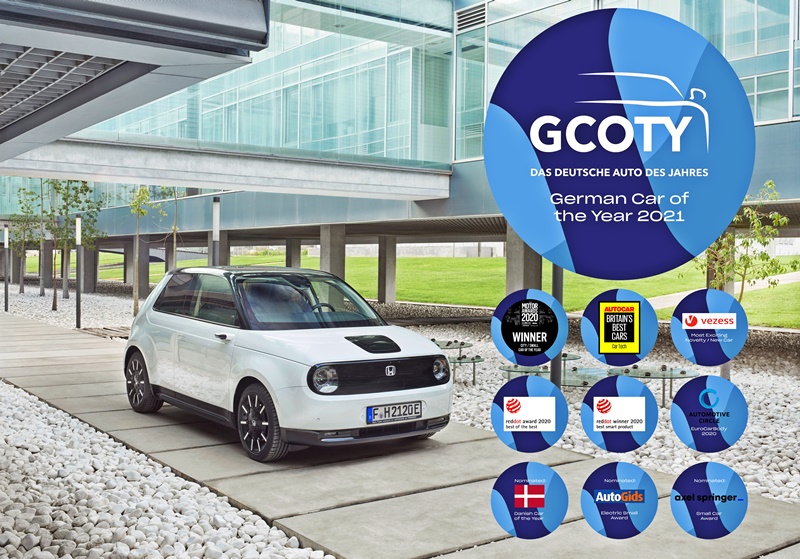UMW Toyota Motor’s Toyota Eco Youth (TEY) program has now been on for two decades, during which time the importance of preserving the environment has been nurtured among Malaysian youth. It has also empowered the youth with Toyota’s own problem-solving skills and knowledge.
For the 20th edition of TEY, the Ministry of Education once again joins forces with UMW Toyota Motor to run state and national level competitions. It is the leading program cultivating environment consciousness and innovation amongst the youth of the nation, with Leaderonomics Community as the working partner for this year’s initiative.
Over the course of the last 20 years, TEY has introduced various themes with one common goal: molding an environmental conscious society of the future. A total of 258 schools, 1,910 secondary school students and 762 teachers have successfully benefited from the program and invigorated environmental initiatives in their school compound or district.
Additionally, the program gives them a platform to lobby their ideas with stakeholders that involves local authorities, community and even media.
Reimagining Mobility
The theme for the 20th edition is ‘Reimagining Mobility’, which depicts the creation of safe and eco-friendly mobility solutions for the nation. The spirit of inclusivity and freedom of ideas are the foundation to this year’s theme.
“Toyota Eco Youth has been leading the way in Malaysia for 20 years and this year promises even more innovation and advancement under the theme of ‘Reimagining Mobility’,” said Akio Takeyama, Deputy Chairman of UMW Toyota Motor. “The young people of this country are the seeds of its future and TEY aids in growing their creativity and bring their innovations to fruition. We see this program as a tool to assemble the brightest minds of our nation to propagate a greener future for all of us”.
3-year program, instead of one year
The program is open to secondary school students aged 13 – 16 years old and there is unlimited school participation. However, unlike previous years which have been completed within a year, the concept for this year’s TEY program is will run for 3 years.
The 2020 edition of TEY will also see the class of 2020/2021 having the privilege to return as facilitators for the following year’s batch. The digitalization angle of TEY is taken up a notch by setting up a TEY Apprentice online club.
The top 16 teams for Year 2020/2021 TEY members will be equipped and trained with project management skills that incorporate Toyota’s Problem Solving Methodology. With the knowledge harnessed, the top 16 TEY competitors will build a prototype solution based on their local community. This dual-pronged approach that has been curated for TEY ensures that they are both theoretically and practically comprehensive.
Students can register now via www.toyota.com.my/toyotaecoyouth, or with their respective schools. The format of this program will be fully online which includes the interactive e-learning lessons and workshops. The final judging phase enables students to showcase their progress through social media and livestream channels.
RM64,000 prize pool
This year’s prizes are also doubled to further reward ingenuity amongst the youth and winning teams will stand a chance to win cash prizes from a RM64,000 prize pool.
“The pandemic has not deterred us from our steadfast commitment to empower the youth of our nation through the Toyota Eco Youth program. With every problem comes an opportunity and this pandemic has enabled us to circumnavigate these obstacles to digitalize the program mechanics to be online,” said Ravindran K., President of UMW Toyota Motor. “This move is in line with our progressive approach that enables TEY to continuously develop the youth despite the challenges posed by the pandemic.”
Since its inception, UMW Toyota Motor has invested more than RM7 million on the program. It hopes that students benefiting from this program can become ambassadors in the future to advocate environmental sustainability and overcome mobility limitations.
Click here for other news and articles about Toyota and UMW Toyota Motor.






